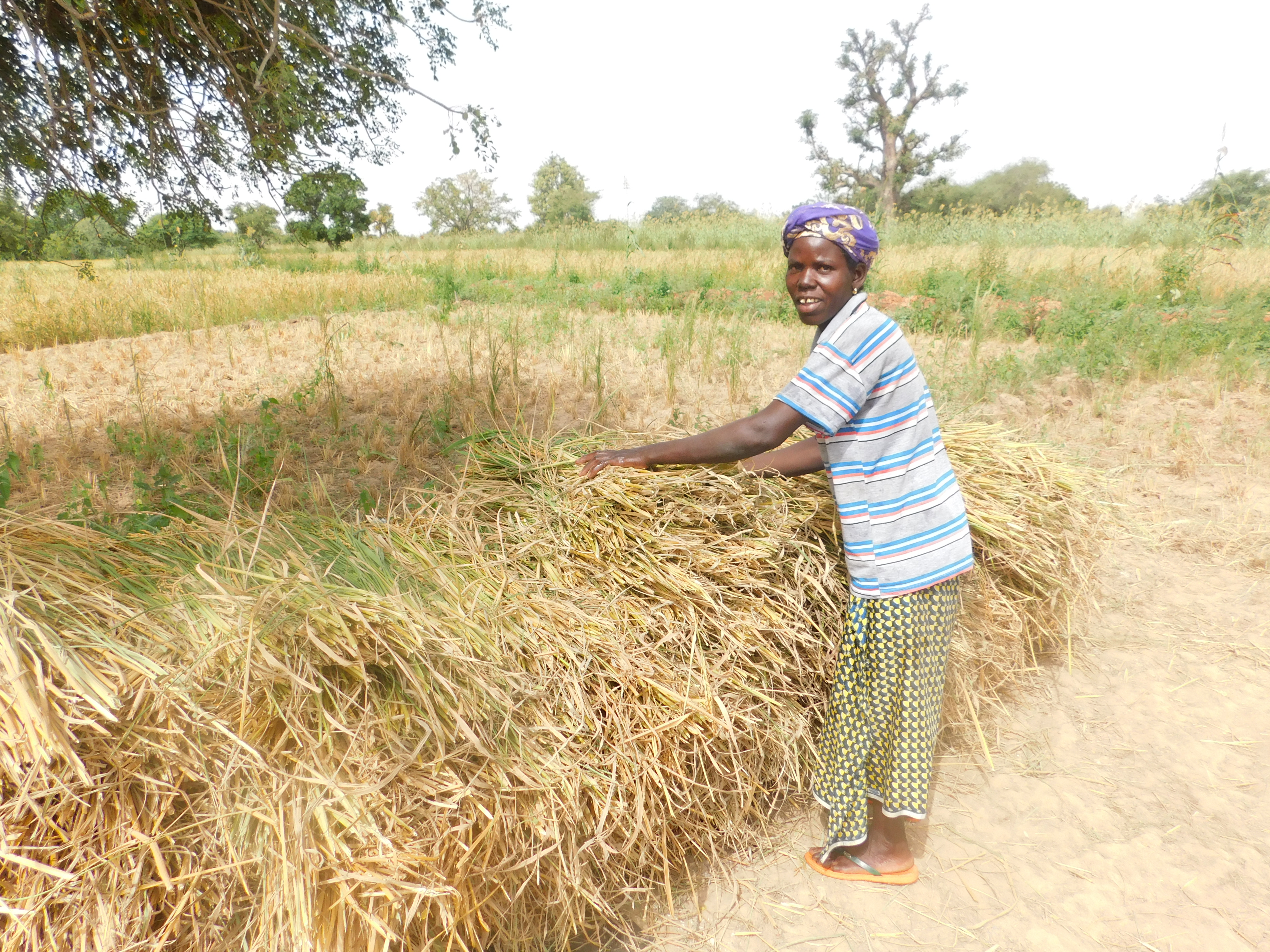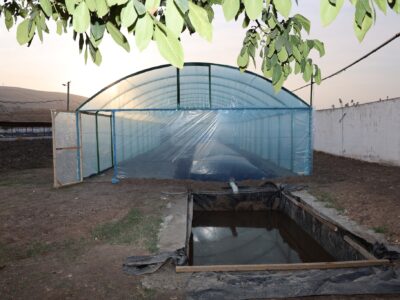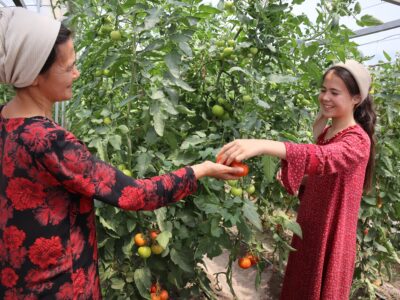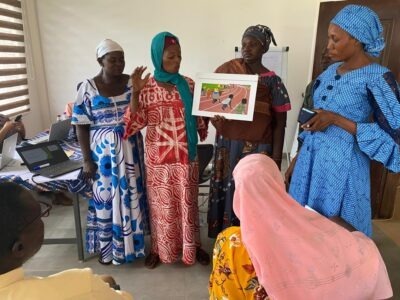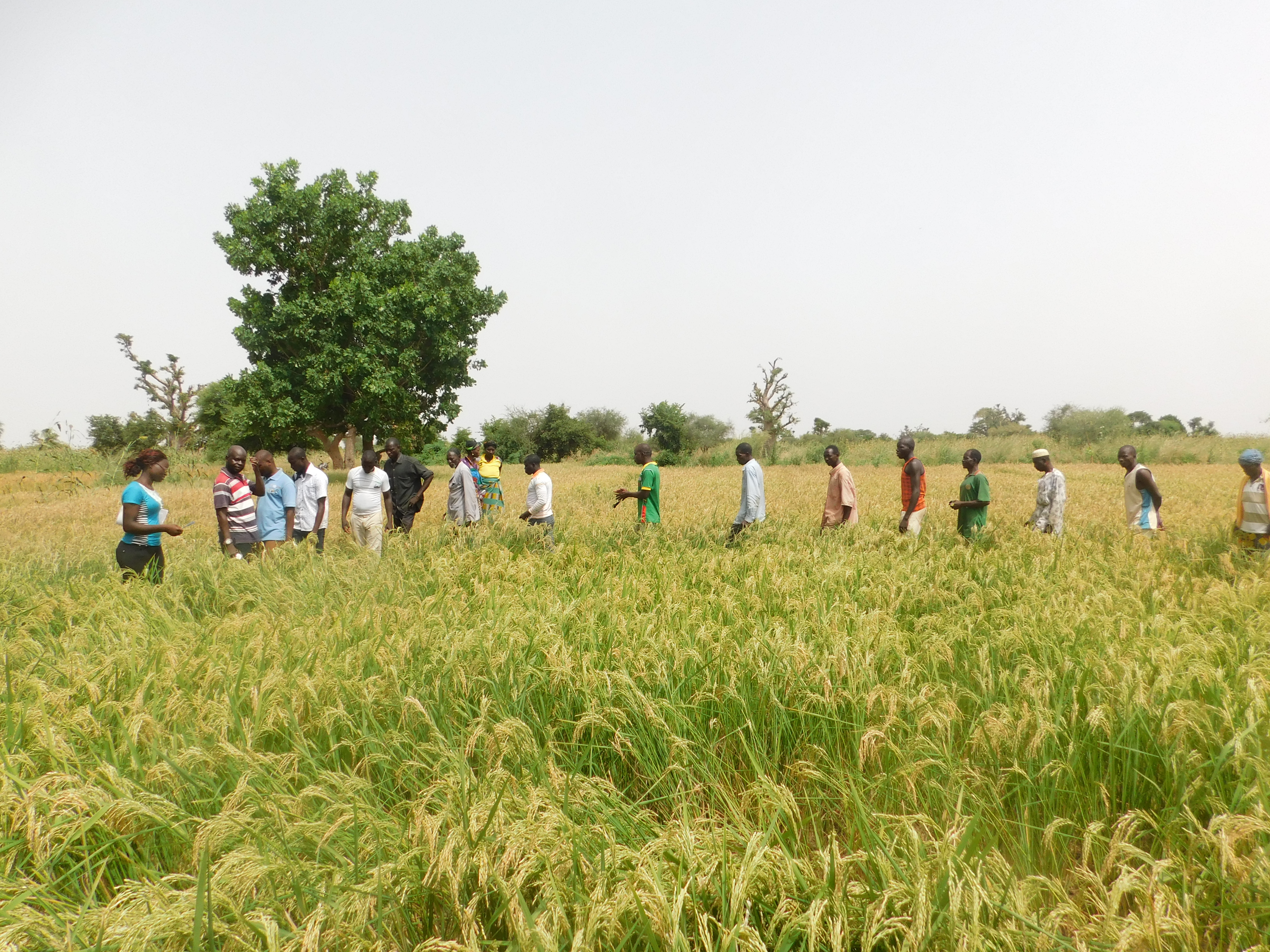
Fati Kiéma, a mother of six children, lives in the village of Goenega in Burkina Faso. Like many women in her village, Fati sometimes struggles to provide enough food for her family. To have food and improve her family’s nutrition, Fati decided to grow rice with the support of the USAID Office of Food For Peace-funded Victory against Malnutrition (ViM) project. This project, implemented by ACDI/VOCA, aims to reduce food insecurity and build the resilience of communities in the Sanmatenga Province, including its Barsalogho, Kaya, Namissiguima, and Pissila communes.
The ViM project developed a lowland area in Fati’s village where participants could grow two improved rice varieties: FKR19 and FKR45N. In addition to being better adapted to the local climate, these varieties are also more productive, leading to better rice harvests.
Before the ViM project, most farmers in Goenega grew maize, millet, or sorghum, but rarely rice. The lowland area developed for them, coupled with training from ViM in new techniques and practices, allowed farmers to boost rice production and diversify their crops for greater food security.
“This is my first experience in rice production. I intend to sell part of the crop to pay for my children’s [school] fees and the other part for our own consumption.” – Fati Kiéma, a mother of six children and ViM participant
The lowland area is operated by 92 farmers participating in the ViM project, including 52 men and 40 women. These farmers received equipment, seed, fertilizer, and support from a government technical officer.
This year, the Sanmatenga Province experienced poor rainfall. Farmers of crops like maize, millet, and sorghum expect lower than usual yields come harvest time. For this reason, Fati does not regret the hard work she put into her rice plot.

